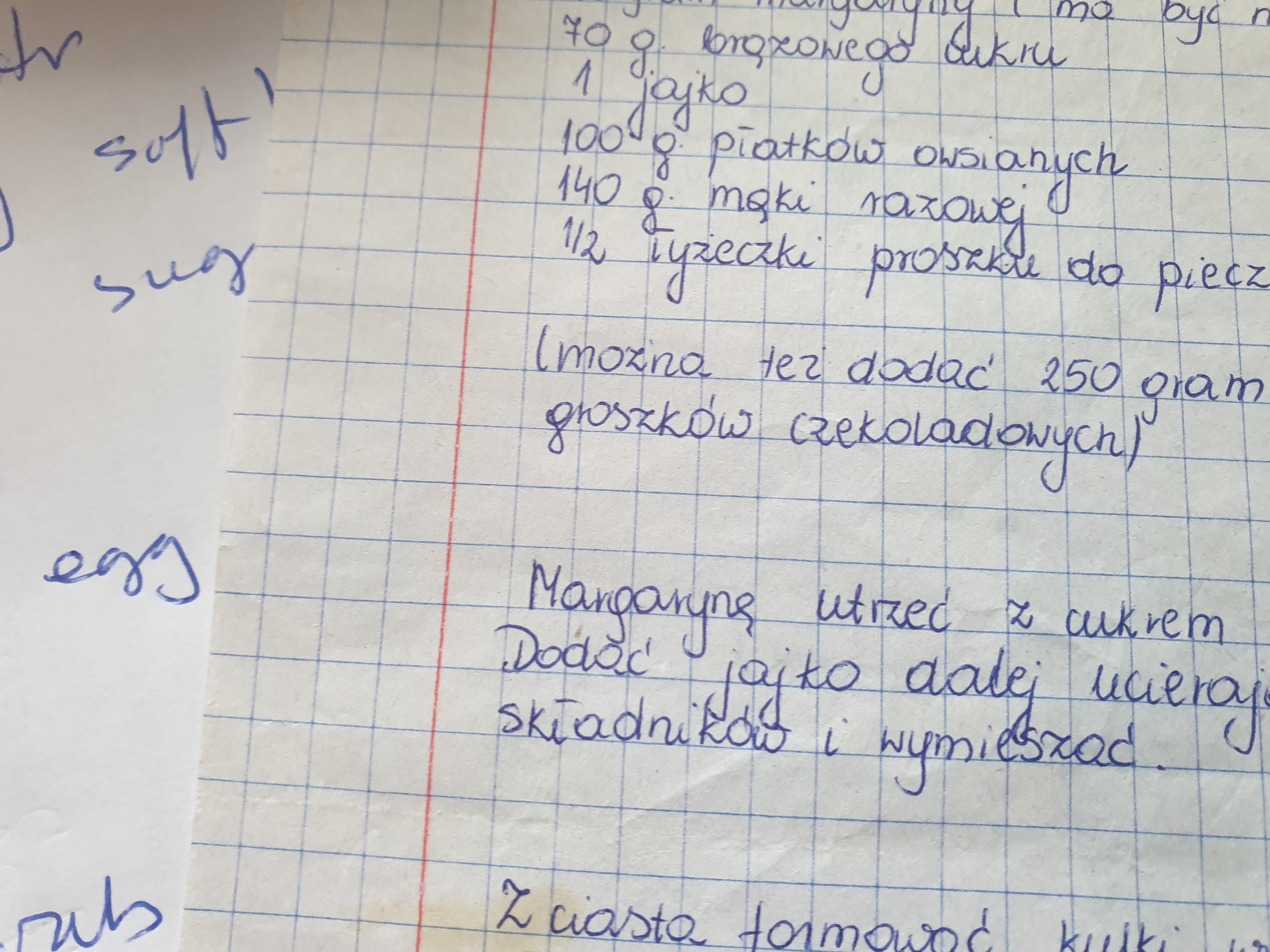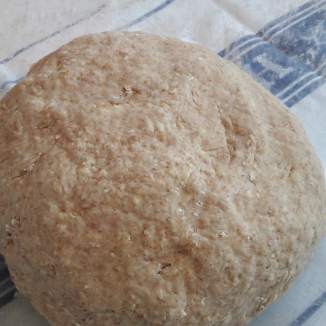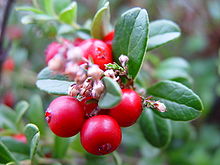This recipe was given to me by one of my cousins (British born like me) who lives in Wembley.
Although this is not a traditional Polish recipe it does reminds me of a Polish placek (flat cake) and contains prunes which are very popular and used in many recipes in Poland.
There is a base of easy to make shortcrust type pastry, a layer of softened prunes and a cake topping which contains oats and sesame seeds.
Muscovado sugar is used – this is definitely not a Polish sugar as it is produced in the process of refining sugar cane whilst in Poland sugar is made from sugar beet.
Note
You can make the filling ahead of when you need it as it has to be cold. I often make the base and the filling in the evening and then finish the placek the next day.
Ingredients
Base
175g plain flour
125g butter or margarine
50g caster sugar
Filling
225g no-need-to-soak prunes
1 tablespoon dark muscovado sugar
1 tablespoon of cornflour
Water
Topping
120g butter or margarine
60g caster sugar
1 tabelspoon of honey
125g no-need-to-soak prunes
100g self-raising flour
1/2 teaspoon of bicarbonate of soda
100g rolled oats
50g sesame seeds (keeping back 2 tablespoons to sprinkle on the top)
Method
Base
Pre-heat the oven to GM 4 – 180°C
Grease and line a rectangular 20 x 27cm tin.
Rub the butter into the flour to made breadcrumbs.
Mix in the caster sugar.
Bring the mixture together to make a dough.
Press the dough into the tin.

Bake the base for around 25 minutes until it is golden on top.
Leave till it is cold.
Filling
Cover the prunes with water in a small pan and add the sugar.
Simmer the prunes, sugar and water for 10 minutes until you have a soft pulp – take care not to boil the mixture dry – add more water if needed.
Mix the cornflour with some water to form a paste and add this to the mixture and stir until it thickens.
Remove from the heat and leave it till it is cooled completely.
Spread the filling on top of the pastry base.
Topping
In a pan gently melt the butter, sugar and honey.
Leave to cool slighty.
Chop the prunes into small pieces.
Add the prunes to the butter mixture and mix .
In a bowl mix the flour, bi-carbonate of soda, oats and sesame seeds.
Add the butter mixture to the dry ingredients and mix well in.
Spread this mixture over the prune filling.
Sprinkle the reserved sesame seeds over the top.
Bake for 25 – 30 minutes until the top is golden.
Cut into squares or rectangles to serve.
Variations
Other dried fruits can be used for the filling – such as apricots, dates or figs.
The serving cake plate is a recent purchase from Leeds second hand market.
The design is Field Fare by James Cooper for Washington Pottery, Hanley, Staffordshire from around the 1950s.
The cups and saucers are another very recent purchase from a local car boot sale.
They are bone china by Colclough, pattern number 8266, from I think the 1970s.
The stoneware tea plate is Blue Mist, Burleigh Ware by Burges and Leigh Ltd from the 1930s.


























































